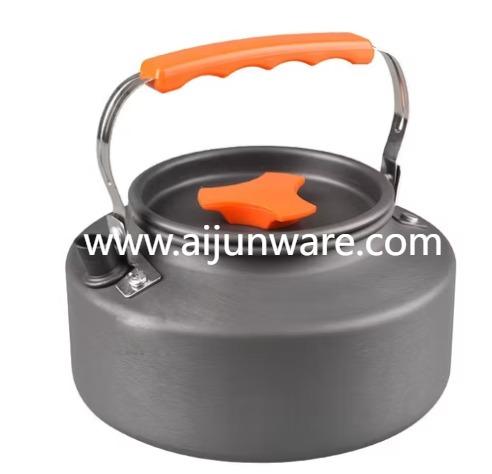In today's eco-conscious world, sustainable drinkware has transitioned from trend to timeless essential. As more people embrace reusable alternatives, the Cork Bottom Mug stands out for its blend of rustic charm and functional design—protecting tabletops from heat while adding natural texture to daily rituals. Yet, its unique construction demands thoughtful care. Unlike conventional mugs, cork requires specific attention to maintain its integrity and aesthetics over years of use. Proper maintenance isn't just about cleanliness; it's about honoring the craftsmanship behind this earth-friendly companion.
Why Hand Washing Wins
Dishwashers may promise convenience, but they pose risks for cork-based items. The combination of intense heat, harsh detergents, and prolonged moisture exposure can cause cork to dry out, crack, or detach from the ceramic base. For longevity, gentle hand washing is non-negotiable. Use lukewarm water and mild dish soap, scrubbing the ceramic interior with a soft sponge or cloth. Focus particularly on the junction where cork meets ceramic—a common trap for residue. Rinse thoroughly to prevent soap buildup, which could subtly alter your beverage's taste. This mindful routine preserves the cork's natural resilience while ensuring hygiene.
Tackling Stains Without Compromise
Coffee or tea stains needn't be permanent. For routine discoloration, baking soda offers a safe, effective solution. Create a paste with water, apply it to affected areas, and gently rub with your soft sponge. The mild abrasiveness lifts stains without scratching the glaze. For mineral deposits or stubborn residues, white vinegar diluted with water (1:1 ratio) can be dabbed onto the stain before rinsing. Avoid abrasive tools like steel wool or stiff brushes—these can scratch ceramic surfaces and fray cork edges. Patience with gentle methods keeps your mug looking pristine.
Drying & Storage: Preventing Hidden Damage
Moisture is cork's greatest adversary. After washing, immediately dry the mug with a soft towel, paying close attention to the cork base and its ceramic border. Air-drying upside down may seem efficient but risks trapping moisture against the cork. Instead, place the mug upright in a well-ventilated area, ensuring no water pools at the base. Store it separated from other items; stacking places pressure on the cork and may cause deformation. If space requires stacking, cushion mugs with cloth napkins to distribute weight.
Nourishing the Cork
Periodic conditioning prevents drying and maintains suppleness. Every few months, apply a tiny amount of food-grade cork sealant or beeswax to the base using a soft cloth. Buff gently after 10 minutes—this replenishes natural oils and fortifies moisture resistance. Avoid petroleum-based products, which may degrade cork over time. If slight discoloration occurs, a light rub with fine-grit sandpaper can restore uniformity.
Sustainability in Every Sip
Caring for your cork-bottom mug amplifies its eco-credentials. Each hand wash avoids dishwasher energy consumption, while the mug's durability reduces reliance on disposable alternatives. The cork itself—harvested without harming trees—epitomizes renewable resourcefulness. By maintaining it thoughtfully, you actively participate in a cycle of conscious consumption. Discover mugs designed to age gracefully with proper care. Explore designs that honor sustainability at www.aijunware.com .



